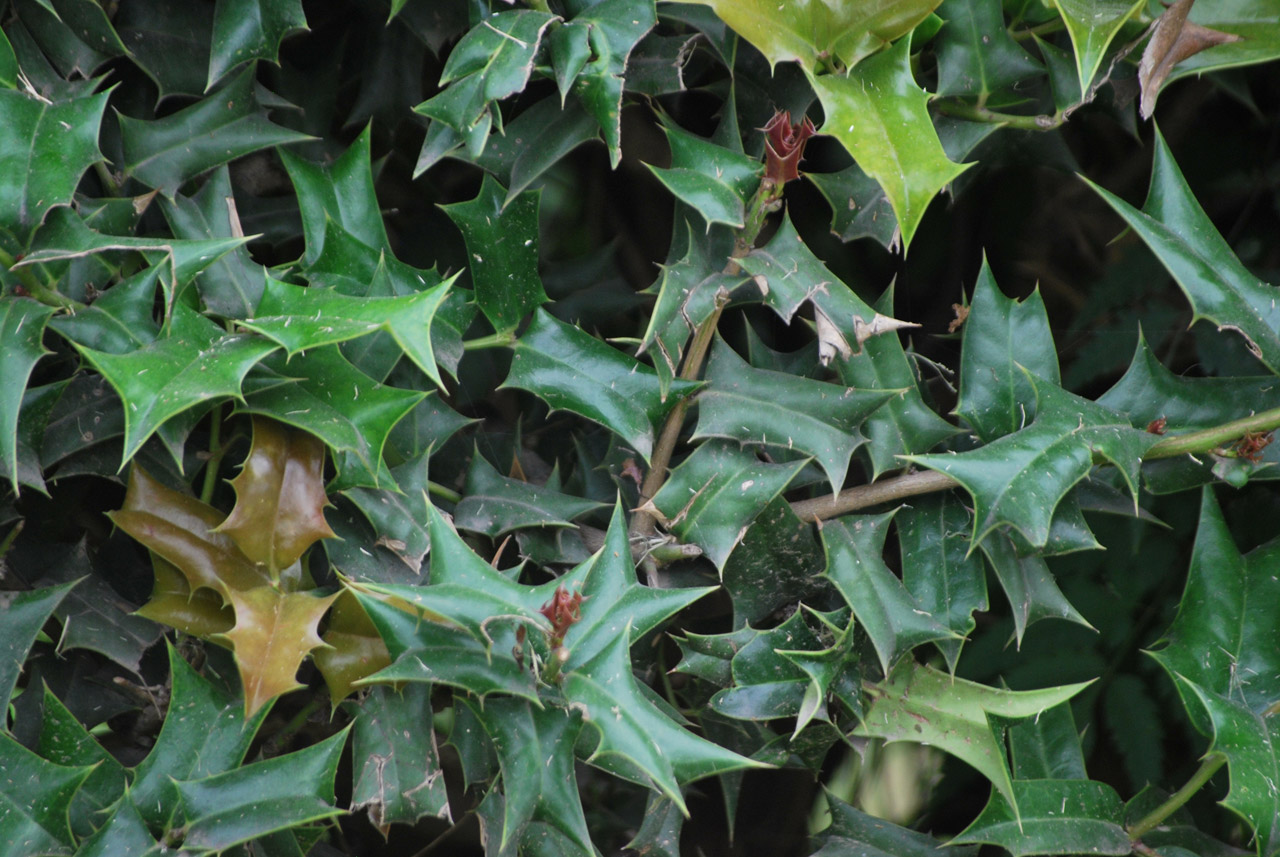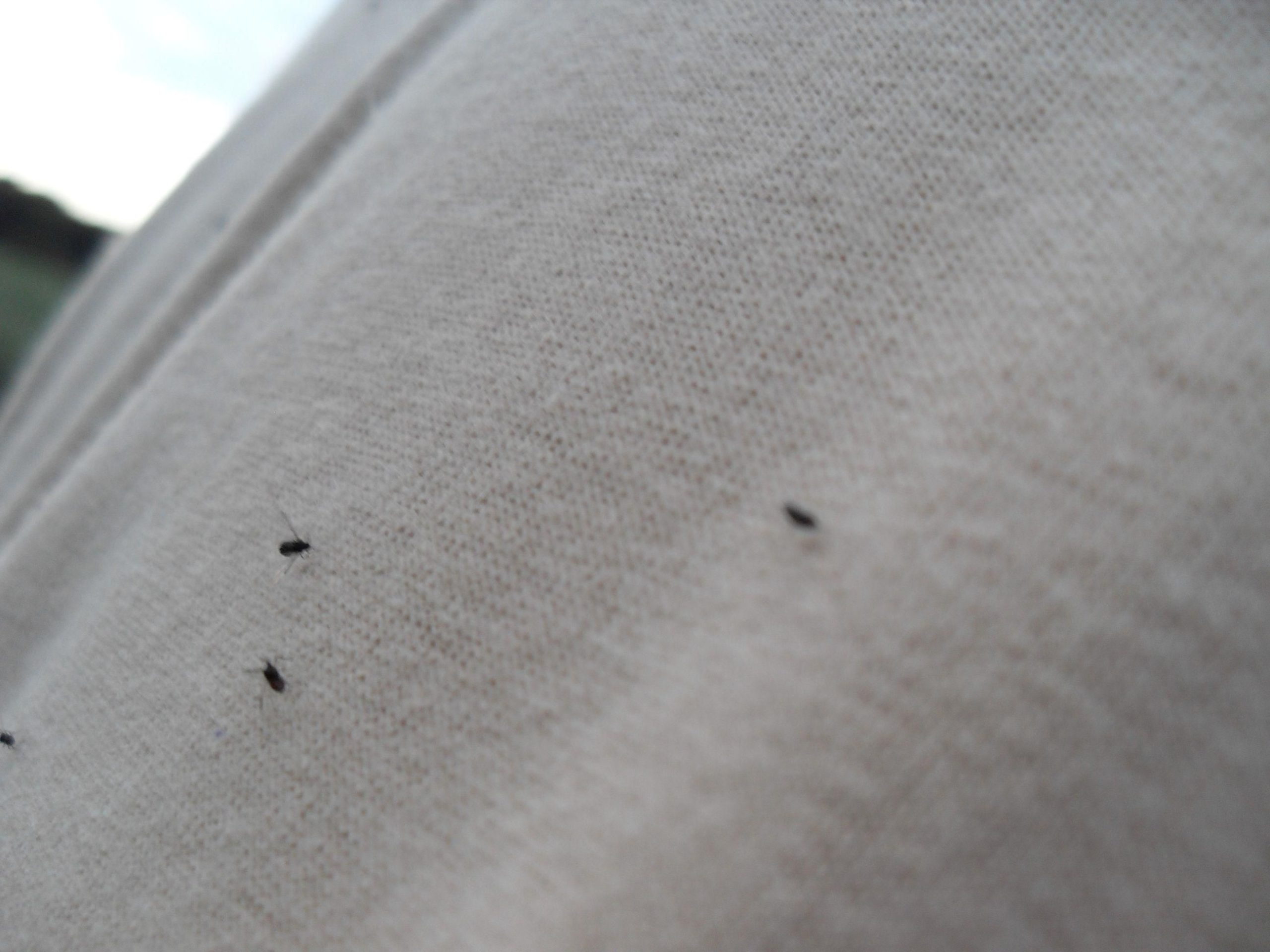While American and English hollies are the two species most closely identified with holiday use, several other kinds should not be neglected. From China, home of more species of evergreen hollies than any other comb try, three at least should be considered. The Chinese or horned holly (I. cornuta), with glossy, spiny leaves, is grown freely in warmer parts of the country. Its large red berries, less shiny than those of American and English hollies, turn dark sooner when branches are brought indoors.
Burford Holly Is Tops
In this country, the horned holly is more often a large shrub, attractive enough at all seasons of the year to be used as a specimen. The variety Burford (I. burfordi), which originated as a bud sport on a tree in Atlanta, has most of the characteristics of its parent, except the large spines. Burford is smaller than its parent and is known particularly for its ability to set a heavy crop of berries without pollination.
Another red-berried kind, indigenous to China, is the Perny holly. A neat, pyramidal small tree, attaining a height of 20 feet in this country, its great charm lies in its compact, upright growth, its small, sharply spined leaves, and its flattened red berries. This variety is somewhat hardier than the parent. Like all other Chinese hollies, it prefers light, well-drained soil, supplied with humus. Excellent specimens may be seen growing in Ohio and Indiana.
Different Hollies for Anywhere
Other hollies cannot be overlooked for other sections of the country. For the south and the west coast, there is the hummock holly (I. cumulicola), a small tree with recurved leaves and large red berries. Dahoon holly (I. cassine) and yaupon (I. uomitoria) are also native to the southeast and will do well as far north as the District of Columbia. I. fargesi, with lance-shaped leaves up to four inches long, is an attractive species, but so far as known, no female trees have been brought to this country.
All hollies are dioecious, which means that there are male and female hollies, but male and female blooms are not borne on the same plant. To have berries on the female tree, therefore, a male tree of the same species must be planted nearby.
One male tree that produces a heavy crop of flowers can pollinate many females, but only of the same species. Male and female holly trees look alike, and only when they are in bloom can they be distinguished.
The male tree flowers more profusely, because blossoms are usually three or more on a stem, like cherries, while the female flowers of the berry-producing trees, except in rare instances, appear singly.
Avoid Deep Planting
Most species thrive in light, open, well-drained soil containing ample humus. Annual mulching with peat, peat moss, old sawdust, or other slowly decomposing vegetable matter will benefit all species. Even American holly, which is found growing naturally on the edge of a marsh, will seldom prosper if planted in a moist situation. Shallow planting is essential. More hollies die because of deep planting than from any other cause.
After a holly is five feet tall, sprays or branches may be cut from it without harming the plant. In fact, light annual pruning stimulates latent buds into growth. Thus the pruned tree is nearly always more compact than the one that is allowed to grow freely. Holly may be sheared formally or may be kept at two to 12 feet in height.




